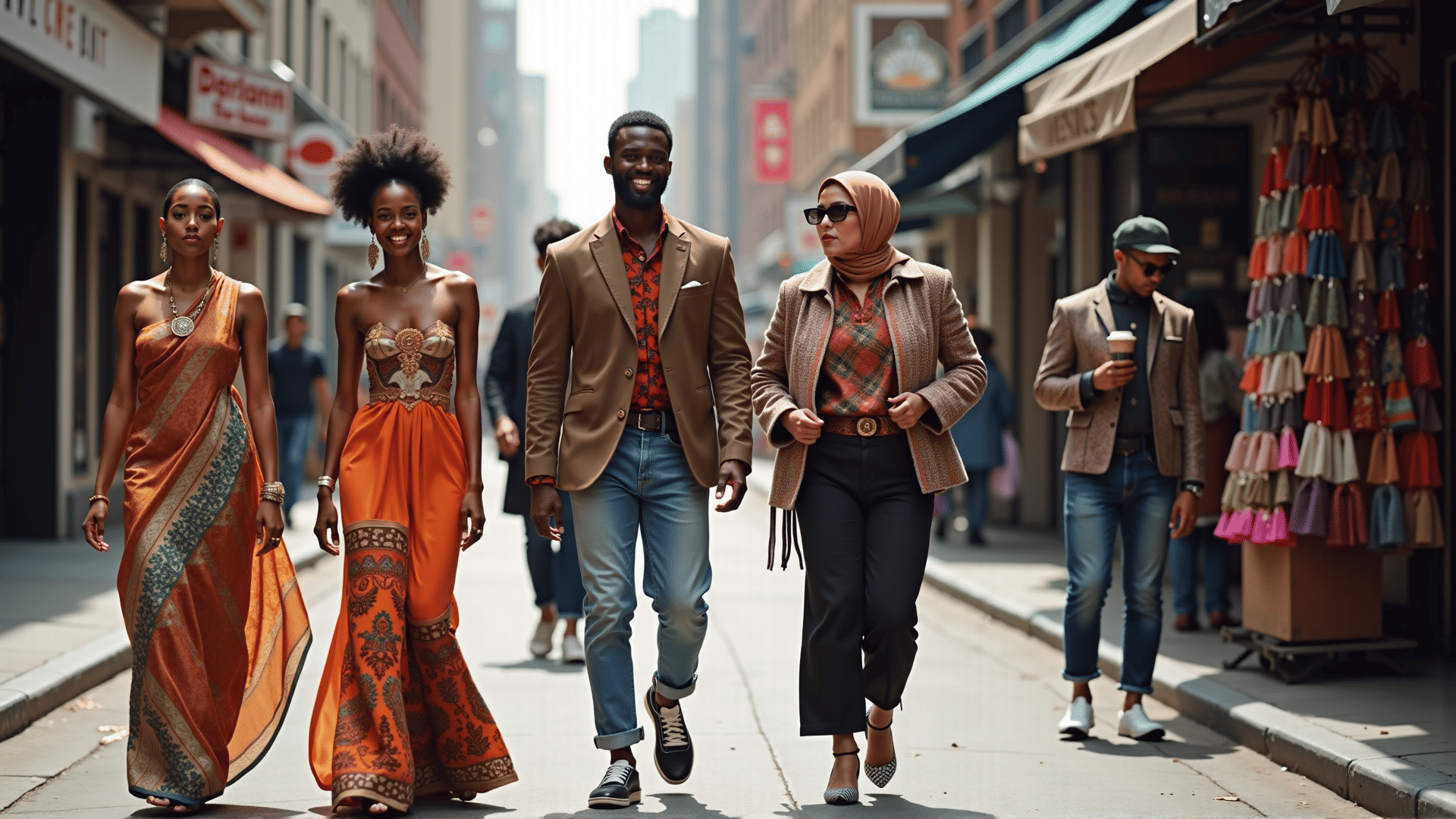The tapestry of American fashion is rich and vibrant, intricately woven with threads drawn from various immigrant communities. Each wave of newcomers has brought with it distinctive sartorial traditions, which when combined with contemporary elements, have given rise to a dynamic and continually evolving fashion landscape.
From the soft drape of a sari to the colorful exuberance of an African dashiki, traditional garments have found a new home in the United States where they are adapted and embraced by multicultural designers and fashion lovers. This fusion of cultures often results in innovative style expressions that honor heritage while simultaneously reflecting the modern American narrative.
Immigrant designers have played a pivotal role in defining trends and broadening the fashion horizon. They serve as cultural ambassadors, transforming age-old techniques into cutting-edge designs. Consider the influence of Chinese embroidery, Mexican textiles, and the elegance of Middle Eastern patterns—elements which have been seamlessly integrated into modern apparel, influencing silhouettes, textures, and color palettes.
Cities like New York, Los Angeles, and Miami serve as cultural melting pots, where the streets themselves become runways showcasing global influences. Festivals and fashion weeks dedicated to cultural heritage highlight the depth of this influence. These events not only serve as a platform for showcasing attire but also allow Americans to engage with diverse cultures, fostering a mutual appreciation and understanding through fashion.
Beyond the mere aesthetic, this blend of traditional and contemporary styles challenges stereotypes and broadens the understanding of cultural identity. In many ways, clothing becomes a dialogue, speaking of journeys of migration, adaptation, and community building. It is in this dialogue that new narratives are crafted, offering a fresh perspective on what it means to be both American and a global citizen.
Emerging designers are championing sustainable practices by revisiting traditional fabric-making techniques and emphasizing handcrafted details. This not only reduces the environmental impact but also supports artisans—many of whom are from immigrant communities—and preserves cultural heritage.
Social media has further amplified these cultural exchanges, providing a platform where diverse styles can be showcased globally, sparking inspiration and collaboration. Here, influencers and fashion enthusiasts alike can share their stories of multicultural influences, reaching a broader audience and celebrating fashion as a unifying force.
This melding of global traditions and modern styles reflects the true essence of American fashion. It is a testament to the creativity that emerges from multiplicity, showing that in unity, there is strength and beauty. The immigrant influence on American fashion is a powerful reminder of the innovative potential that arises when diverse cultures meet and inspire one another.
